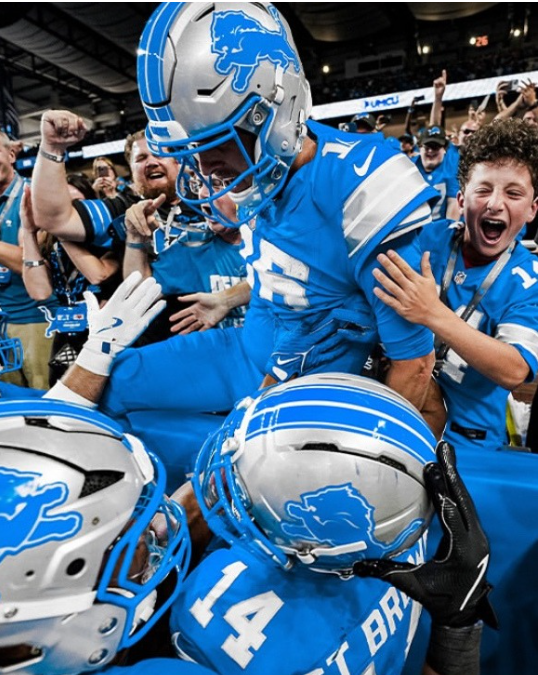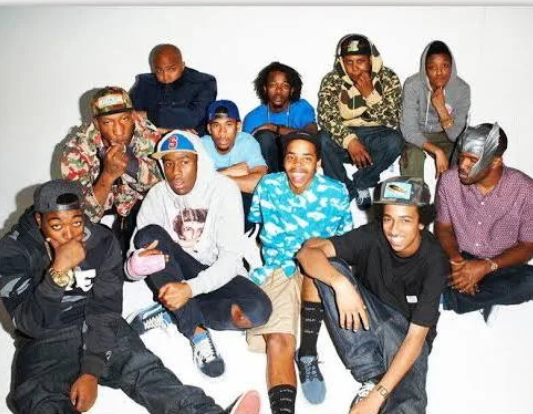Throughout history, witches and wizards have played a huge role in societies and have influenced our culture today immensely. They star in many stories, but sometimes they can hold a different title. Witches and wizards affected the cultures long ago, like the medieval ages and Greek mythology. In classic literature, they have often represented the topic of good and evil, whereas now those roles are sometimes changed.
Witches: A Cautionary Tale
Picture this. You have lived underwater your whole life and have always been desperate to explore the surface; even though your family warns you not to. Your entire family mistrusts this sea witch who offers you what you have always wanted… to be able to walk and explore the surface (although not forever). However, in exchange, she takes your ability to talk, and without this, you cannot speak to anyone on the surface. When your time on the surface is up you transform into sea foam and cannot return to your family. Fairytales like this helped parents explain to their children why not to trust everyone. Stories like this, featuring witches, warned kids that they could be hurt if they trusted strangers.
Salem Witch Trials
According to Britannica the Salem witch trials of the early 1690s were the reason for arrest or hanging for witches people suspected of magic or witchcraft, but witch hunts began as early as the 1300s. Even though many of the condemned people were women, men were also tried for witchcraft. During the events of the Salem witch trials, many people accused others they held grudges against even if that person was innocent. Many have speculated about the reason behind these wild events. Some theories have included hysteria, illness, or fungus affecting people’s behavior. The last known execution for witchcraft was in 1782 in Switzerland. It is estimated that about 110,000 people were tried for practicing witchcraft and 40,000-60,000 were sentenced.
Other terms for Witch or Wizard
According to Merriam Webster in other stories/cultures witches and wizards may be known as enchanters/enchantresses, maguses, shamen, magicians, seers, warlocks, charmers, prophets/prophetesses, mages, magi, and sorcerers/sorceresses. Some stories that feature witches and wizards by different terms are Snow White, Aladdin/The Thousand and One Nights, Sleeping Beauty, and The Snow Queen.
Media about Witches and Wizards
There are many modern books, tv shows, and movies that feature witches and wizards
Movies and TV shows:
Harry Potter/ Fantastic Beasts
The Wizard of Oz/ The Wiz
The Wizards of Waverly Place ( show made into a movie)
The Sword in The Stone
Books
Legendborn by Tracy Deonn
Circe
Roald Dahl’s The Witches (made into a movie)
Eragon series (Original book became a movie)
Arthurian stories (including Sword the Stone)
Harry Potter
The Harry Potter books (written by J.K. Rowling) is a seven-part series featuring Harry Potter and the friends that he makes learning to be witches and wizards in the modern world. At the beginning of the series, Harry knows nothing about the magical world (even though the whole wizarding world knows about him) and that his parents practiced magic. His aunt and uncle treated him unfairly many times throughout the books and he finds Hogwarts (the school he goes to to learn magic) as an escape. The leader of the school, Albus Dumbledore and many teachers like Rubeus Hagrid become mentors to him. When he graduates from Hogwarts he gets a job in the government of witches and wizards and gets to introduce his kids to the wizarding world.
Good and Evil
In fairy tales, witches have often represented evil, while wizards have often been painted in a good light. Jadis (The White Witch), The Wicked witch of The West, The Evil Queen (Queen Grimhilde), and Ursula are all witches who are considered evil while Gandalf, Merlin, The Wizard of Oz, Doctor Strange, and Doctor Who are all considered good or heroes. Sometimes this stereotype can change (Glinda the Good Witch and Jafar from Aladdin), but fairytales tend to put witches and wizards in these stereotypes. In older fairy tales witches were often shown as the antagonist or a danger to the characters while the wizard gave them advice they needed along the way. Later stories continued this pattern.








